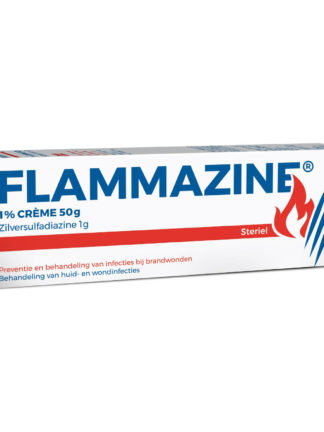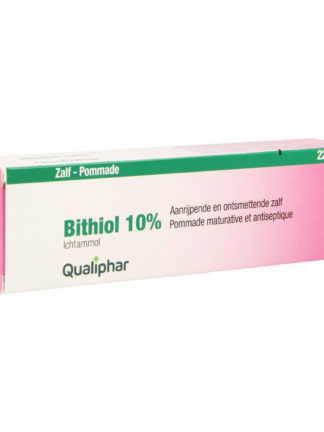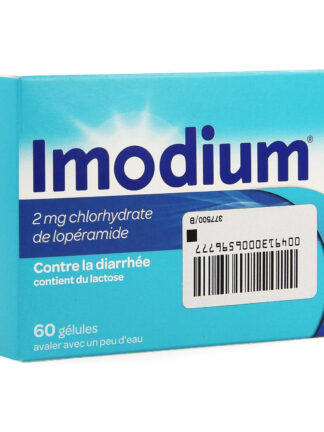Indication
Symptomatic treatment:
A. Chronic bronchitis: To decrease the risk and severity of exacerbations.
B. Cystic fibrosis: In case of cystic fibrosis, oral treatment, due to its greater flexibility, can be used in addition to aerosol treatment.
C. Acute respiratory tract conditions: To thin purulent, thick mucus that forms in respiratory tract infections.
Job
A. Chronic bronchitis
– Adults and children over 7 years old: 600 mg per day in 1 to 3 doses, eg: – 1 sachet or 1 capsule of 200 mg, three times a day. – 1 effervescent tablet or 1 sachet of 600 mg, once a day.
– Children from 2 to 7 years old 400 mg (120 to 600 mg) per day in 2 or 3 doses, eg: – 1 sachet or 1 capsule of 200 mg, twice a day.
B. Cystic fibrosis
– From 0 to 2 years: 70 to 360 mg per day, eg: 50 mg (one quarter of a 200 mg sachet) three times a day.
– From 2 to 6 years: 120 mg to 600 mg per day, p. eg: 100 mg (half a 200 mg sachet) three times a day.
– Aged over 6 years: 600 mg per day, p. eg: 200 mg (1 sachet or 1 capsule) three times a day.
As a general rule, the dose should be adjusted according to the results obtained and the condition of the patient. The duration of treatment can range from a few weeks to a few months and can be interrupted by periods of treatment interruption, the duration of which depends on the general condition of the patient.
C. Treatment of acute respiratory conditions
– Adults and children over 7 years old: 400 to 600 mg per day in 1 to 3 doses, e.g. eg: – 1 sachet or 1 capsule of 200 mg two to three times a day. – 1 effervescent tablet or 1 sachet of 600 mg, once a day.
– Children from 2 to 7 years old: 400 mg (120 to 600 mg) per day in 2 or 3 doses, p. eg: 3/7 Leaflet – 1 sachet or 1 capsule of 200 mg twice a day.
– Children under 2 years: 200 mg (70 to 360 mg) per day in 2 or 3 doses, p. eg: – half a 200 mg sachet twice a day.
How to use
Swallow with half a glass of water.
Ingredients
Acetylcysteine 200mg/caps.
Side effects
Like all medicines, Acetylcysteine EG can cause side effects, although not everyone gets them.
Acetylcysteine EG is generally well tolerated. In rare cases, the following side effects may be observed.
Disorders of the respiratory system, rib cage and mediastinum
In rare cases excessive production of mucus in the airways and narrowing of the airways have been observed.
Disorders of the gastrointestinal system
Nausea and vomiting.
Skin conditions
Skin rashes and hives.
If you notice any of the side effects listed as serious or if you notice any side effects not listed in this leaflet, please inform your doctor or pharmacist.
Warning
Taking other medications
If you are taking or have recently taken any other medicines, including medicines obtained without a prescription, tell your doctor or pharmacist.
Acetylcysteine can interact with heavy metal salts, such as gold, iron and calcium salts. This is why it is preferable to plan a spread between the intake of acetylcysteine and that of metallic salts or to absorb them by different routes of administration.
Taking acetylcysteine orally in combination with an antibiotic (a substance that destroys bacteria) does not cause any problems except for antibiotics belonging to the cephalosporin class. In this case, Acetylcysteine EG and the antibiotic should be taken separately (e.g. 2 hours apart).
Pregnancy and breast feeding
Please ask your doctor or pharmacist for advice before taking any medicine.
Although to date no adverse effects have been described during pregnancy, caution is advised when using Acetylcysteine EG during pregnancy.
In the absence of available data, caution should be exercised when using Acetylcysteine EG during breast-feeding.
Effects on ability to drive and use machines
Acetylcysteine has no effects on the ability to drive and use machines.




















